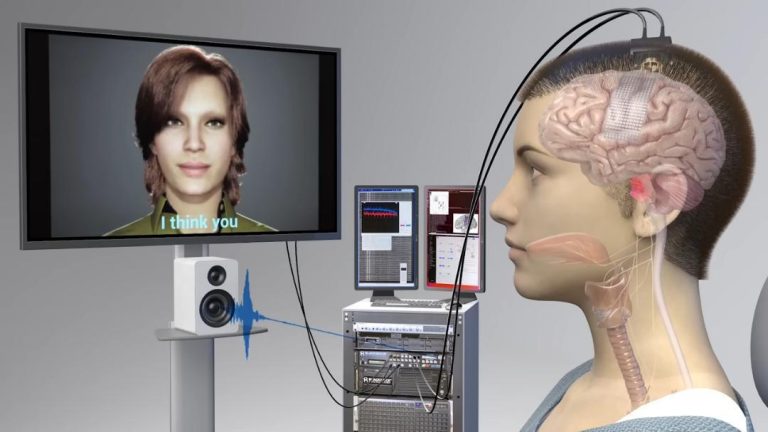
SpaceX to Launch First-Ever Manned Mission to Polar Orbit on April 1
As the space industry continues to push the boundaries of human exploration, SpaceX is set to make history with its upcoming Fram2 mission. Scheduled to launch on April 1 from NASA’s Kennedy Space Center, the Fram2 mission will mark the first-ever manned mission to polar orbit. This groundbreaking achievement will see a crew of four astronauts venture into a 90-degree circular orbit, allowing them to fly over both the North and South Pole.
The Fram2 mission is a testament to SpaceX’s commitment to innovation and its ongoing efforts to expand human presence in space. The mission’s primary objective is to conduct 22 experiments, which will help scientists better understand the effects of space travel on the human body. The crew will also have the opportunity to conduct a range of scientific experiments, including the first-ever X-ray in space and growing mushrooms in microgravity.
The Fram2 mission’s crew consists of four astronauts, each with their own unique expertise and qualifications. The astronauts will spend approximately 10 days in space, during which time they will be carried in a specially designed spacecraft that will orbit the Earth at an altitude of approximately 200 miles. The polar orbit will provide the crew with a unique perspective on the planet, allowing them to observe the Earth’s magnetic field, atmospheric layers, and the aurora borealis.
One of the most exciting aspects of the Fram2 mission is the array of scientific experiments that will be conducted. The crew will be tasked with conducting experiments on the effects of microgravity on the human body, as well as the effects of radiation on living organisms. They will also be conducting experiments on plant growth and development, as well as the behavior of fluids in microgravity.
One of the most innovative experiments being conducted on the Fram2 mission is the growth of mushrooms in microgravity. This experiment will help scientists better understand the effects of microgravity on the growth and development of fungi, which could have significant implications for the development of new medicines and materials.
Another exciting aspect of the Fram2 mission is the first-ever X-ray in space. This experiment will allow scientists to study the effects of X-rays on the human body in microgravity, which could have significant implications for the treatment of diseases such as cancer.
The Fram2 mission is a major milestone in the history of space exploration, and it marks a significant step forward in the development of human spaceflight. The mission’s success will pave the way for future missions to the Moon and beyond, and it will help to advance our understanding of the effects of space travel on the human body.
In conclusion, the Fram2 mission is a historic achievement that marks a significant milestone in the development of human spaceflight. The mission’s crew will be conducting a range of scientific experiments, including the first-ever X-ray in space and growing mushrooms in microgravity. The mission’s success will pave the way for future missions to the Moon and beyond, and it will help to advance our understanding of the effects of space travel on the human body.






